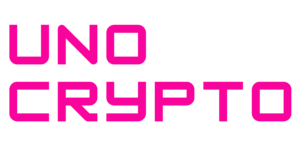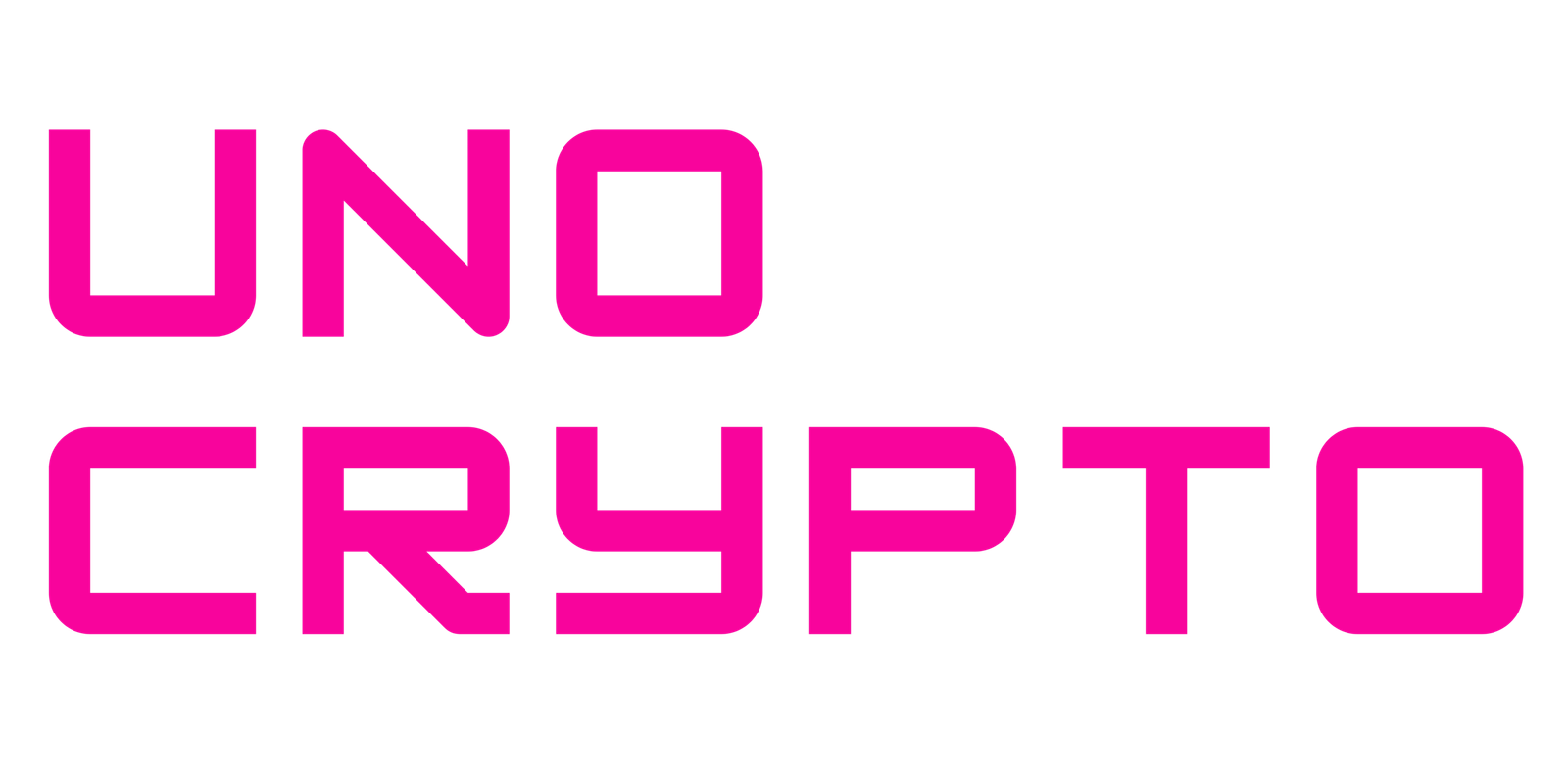World Gemological Institute and Vaultik, the state-of-the-art luxury financial platform, have announced a new collaboration.
According to the partnership, the main aim for the collaboration is to tokenize $3 billion worth of diamonds, gemstones, watches, and jewelry on the Hedera network.
The collaboration will likely tackle some of the most important issues facing the luxury sector, such as inefficiency, fraud, and a lack of transparency.
How Will The Partnership Work?
Under the new partnership, customers and companies may now securely track the provenance, grade, authenticity, and ownership of gemstones, timepieces, jewelry, and other valuables thanks to an unchangeable digital certificate.
Furthermore, an insurance function made possible by international broker Acrisure significantly improves the value of the offering by enabling authenticators to offer a higher level of service and creating new revenue streams.
This presents a singular chance to rethink the purchasing, selling, confirming, and safeguarding of premium goods in the digital era.
Also Read: Filipino Banks To Launch Stablecoin PHPX On Hedera DLT Network
Hedera To Provide Transparency and Security
Under the terms of the partnership, Hedera—a public, permissioned DLT network that is high-performance, secure, and sustainable— will enable unprecedented levels of security and transparency throughout the luxury asset market.
The tokenization initiative will see a partnership with the HBAR Foundation, making luxury assets endure safety and security.
How Will The Security System Work?
Each token ID will also be laser-printed into assets for added security, allowing cross-referencing with the accompanying digital certificate. This process is imperceptible to the human eye.
Similarly, each authorized item will have an NFC chip sealed on it, which needs to stay in place throughout the supply chain until the owner can access it.
A further line of defense against fraud is provided to organizations and customers by instantly invalidating the certificate if the seal is damaged.
Each token ID will also be laser-printed into assets for added security, allowing cross-referencing with the accompanying digital certificate. This process is imperceptible to the human eye.
Similarly, each authorized item will have an NFC chip sealed on it, which needs to stay in place throughout the supply chain until the owner can access it.
A further line of defense against fraud is provided to organizations and customers by instantly invalidating the certificate if the seal is damaged.
The customer can access the digital certificate by using their smartphone to scan the chip after receiving it.
In order to pave the way for a more comprehensive industry reform, Vaultik is currently extending this paradigm beyond diamonds and jewelry to encompass categories like luxury handbags, watches, and even rare collectibles.
Also Read: Hedera (HBAR) Surges 25% Amid Bullish Sentiment & ETF Filing


